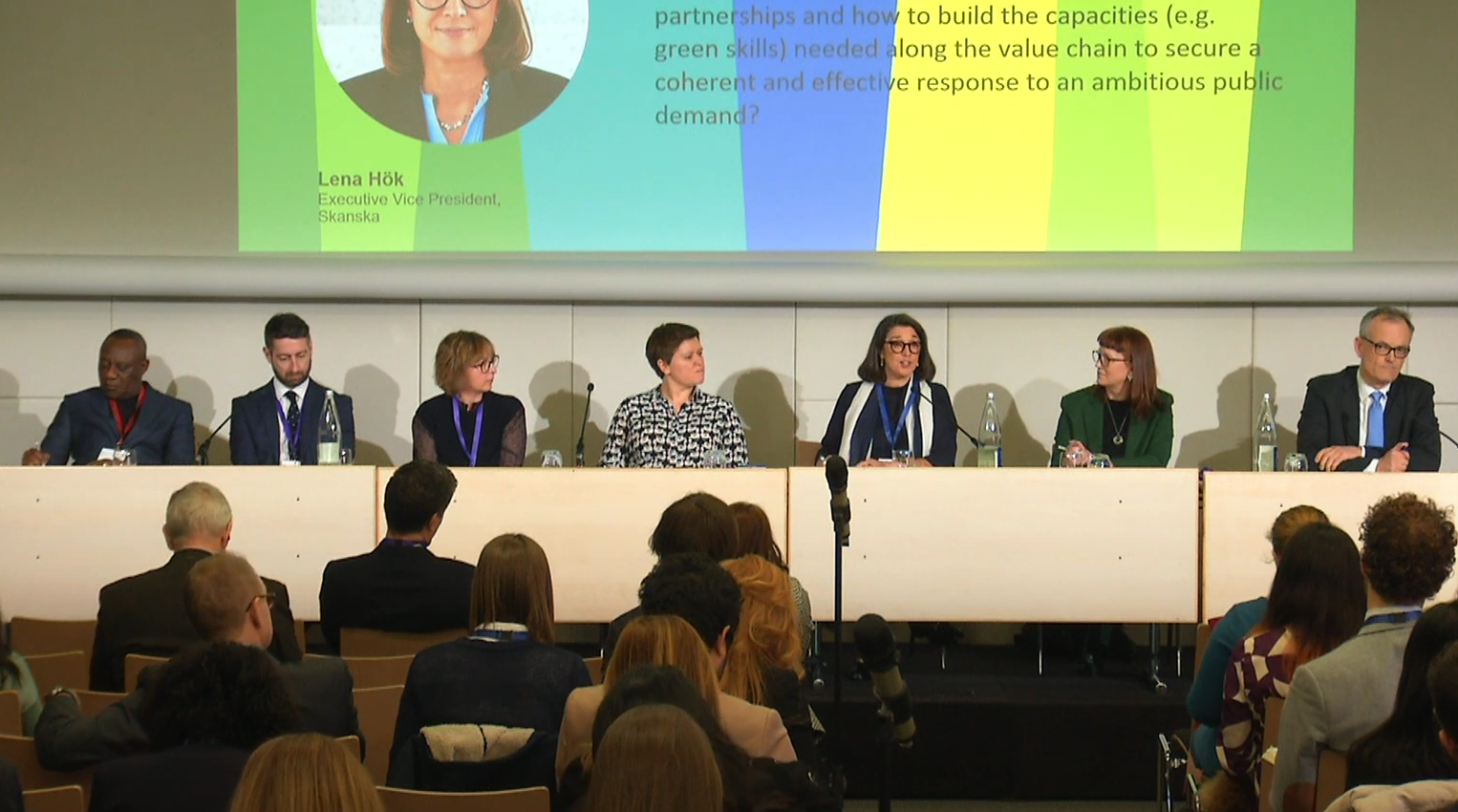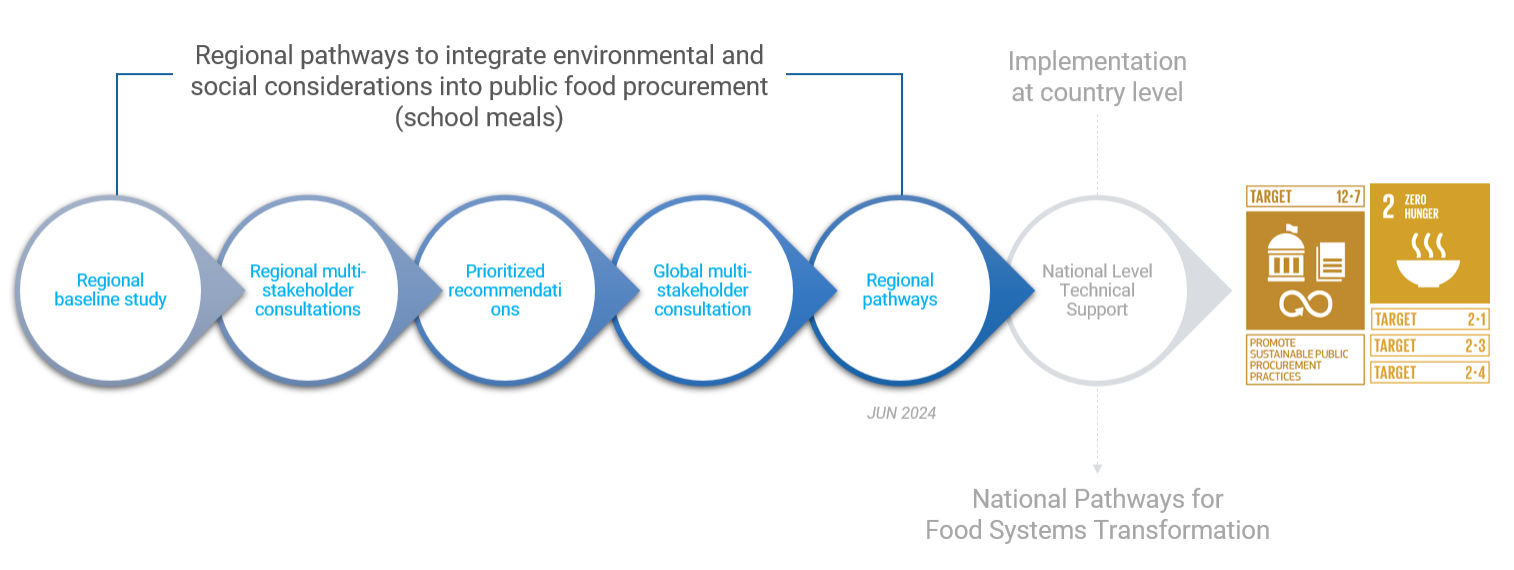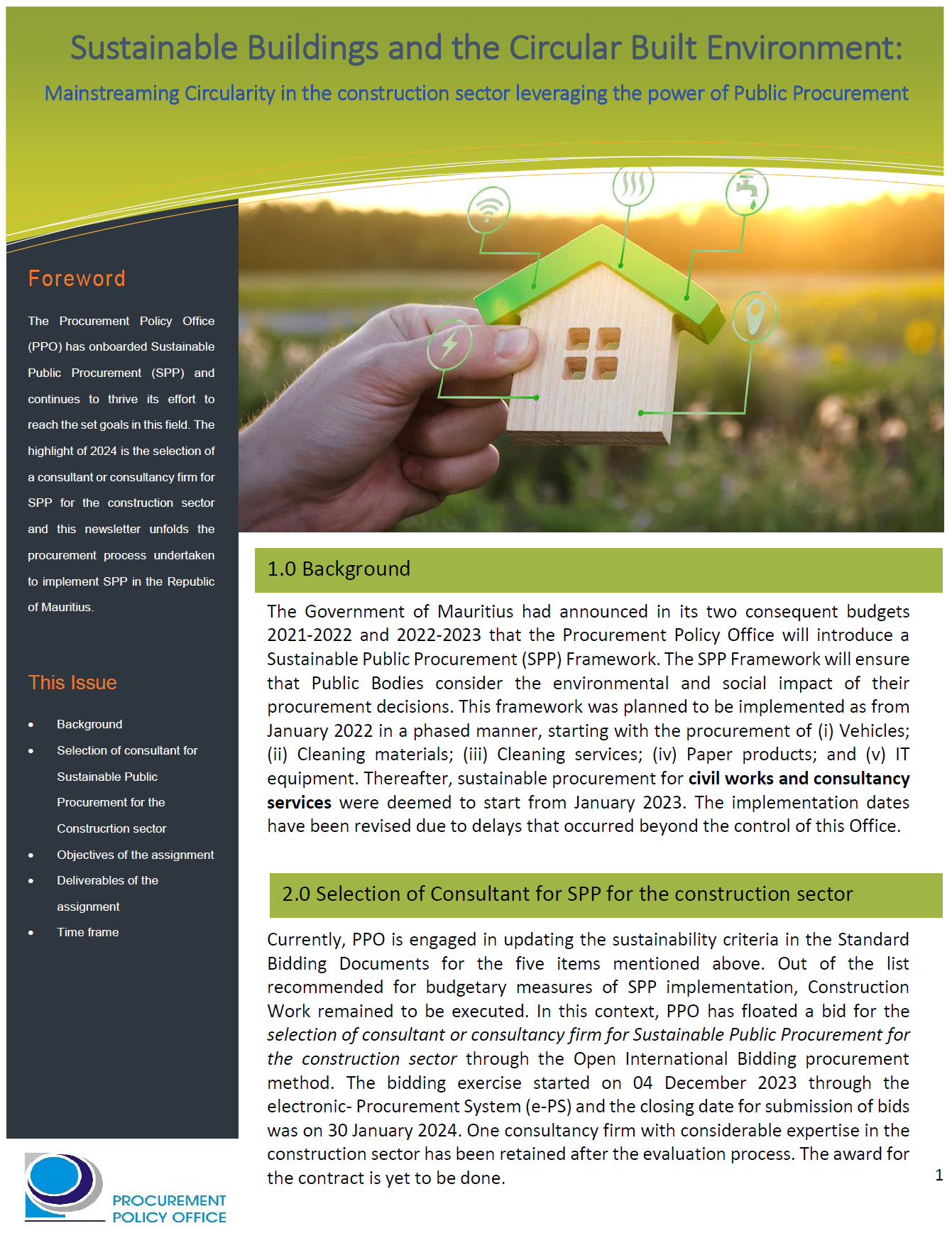Green Lifestyles, Alternative Models and Upscaling Regional Sustainability (GLAMURS)
Transitions to sustainable lifestyles and green economies are among the most important challenges of our time. Funded by the European Commission's 7th Research Framework Programme, GLAMURS started in January 2014 and will support policymakers, businesses, and citizens to make the right decisions on the way towards a sustainable future.
GLAMURS will create communicative contexts on European and regional levels to investigate how such transitions are possible. Methods such as knowledge co-production, agent based modelling, macro and micro economic modelling along with the highly integrated view of the interdisciplinary GLAMURS team will help to find greater insights into the complex issues involved with sustainable development.
The objectives of GLAMURS:
Exploring lifestyle determinations
Glamurs explores the complex interactions among economic, social, cultural, political and technological factors influencing sustainable lifestyles and transformations towards a green economy.
Developing transition models
Glamurs develops comprehensive models of lifestyle changes in key domains of sustainability, and evaluates them in terms of economic and environmental effects.
Recommendations for policy
Glamurs provides policy recommendations on the design of possible governance approaches and policy mixes for a fast-paced transition to sustainability.
A multi-method approach
Glamurs combines methods across the breadth of social sciences, including psychology, sociology, micro- and macro-economics and agent-based modelling.
Knowledge co-production and semantic integration
GLAMURS integrates the views of stakeholders, policymakers, entrepreneurs and green pioneers by using knowledge co- production methods and develops an integrated vocabulary and grammar for its inter- and transdisciplinary research team.
The research leading to these results has received funding from the European Community‘s Seventh Framework Programme for Research and Technological Development (FP7/2007-2013) under grant agreement N° 613420. Between January 2014 and December 2016 GLAMURS will focus on six lifestyle domains:
energy use, housing, work-leisure-balance, food-consumption, mobility and the consumption of manufactured products.
Seven case studies will help the understanding of how transition to sustainable lifestyles and green economies are possible.
With the help of pioneers of sustainability in Galicia (Spain), Aberdeenshire (Scotland), Banat Timis (Romania), Danube-Bohemian Forest (Austria), Rotterdam-Delft-The Hague (Netherlands), Lazio region (Italy) as well as Central Germany, GLAMURS will point out how lifestyles of sustainability pioneers could inspire regional actors to change political settings so that transitions to sustainable regions will become reality. At the same time, the regional and case study analyses will provide an insight into the upscaling to transitions beyond the regional levels. The GLAMURS case studies
The seven regions under focus are:
The region of Galicia (Spain)
GLAMURS will study food and sustainable agriculture cooperatives and sustainable fashion in Galicia. The focus will be on initiatives like Zocaminhoca which take part of a newly established Galician Network of Responsible consumption, representing a total of 1500 people, with an income of almost one Million Euros per year.
The region of Aberdeenshire (Scotland)
GALMURS will study the possibilities to diversify the economy to reduce dependency on the oil and gas sector by measurements like flexible working policies, reduction in commuting miles, reduced heating costs, combined with positive outcomes as work-life-balance.
The region of Central Germany
In this mainly rural region cattle farming plays a relevant role, and increasingly biomass and production of biogas. The Altmark is one of 25 German Bioenergy-regions. Energy production by cooperatives (solar panels & wind mills, local heating system and biomass) gets more and more usual in Germany. GLAMURS will identify and strengthen the potential of energy cooperatives to start changes towards sustainable lifestyles among their members and through diffusion.
The region of Banat-Timis (Romania)
GLAMURS will study the impact of rural eco-villages and greenhouses construction in Banat. The researchers will have a focus on mobility, water demand, heating systems and alternatives as permaculture.
The region of the Danube-Bohemian Forest (Austria)
This fairly small rural region received the status of being a pioneer not only in organic farming, but also in energy use, mobility, sustainable construction and housing. GLAMURS will study how this border region between Austria, Germany and the Czech Republic achieved its status as a pioneer and how sustainable measures spread in comparison to other areas.
The region of Rotterdam-Delft-The Hague (Netherlands)
In this highly urbanised region are not only the main port, the Dutch government, huge industries situated but also inland shipping, fishing and it is surrounded by green areas (Rhine Delta islands, Green Hart, dunes). In this region could be studied bottom-up energy cooperatives, transition town activities, greening districts (Heijplaat climate campus, green village floating houses, eco-houses) or sustainable activities in the food sector (urban agriculture, food cooperatives, organic food subscriptions, green shopping centres & markets) and/or sustainable mobility such as car-sharing (greenwheels), e-bikes, manufactured goods: repair cafes, 2nd hand shops, local social economy initiatives, work-leisure: spiritual centres. The focus is not yet clear.
The region of Lazio (Italy)
The region Lazio is located in central Italy, on the western coast at the Tyrrhenian Sea. Alternatively to its current name Lazio, it was formerly known by its Roman name, Latium. It is divided into five provinces with Rome in the centre, Latina and Frosinone to the south and Viterbo and Rieti to the north. It has an overall area of 17,208 square kilometres and a population of 5.6 million giving it a population density of 327 people per square kilometre, the third highest in Italy after Campania and Lombardy. Lazio is home to Rome, Italy's capital and to the Vatican. Economically speaking Lazio now is one of the most important regions in Italy. Rome, apart from being the touristic hotspot, is the region's commercial and banking centre with large numbers of persons being employed by the government. Project Coordinator:
Ricardo García-Mira
University of A Coruna, Spain
Contact: ricardo.garcia.mira@udc.es
Image

Project start date
01/01/2014
Project end date
01/12/2016


